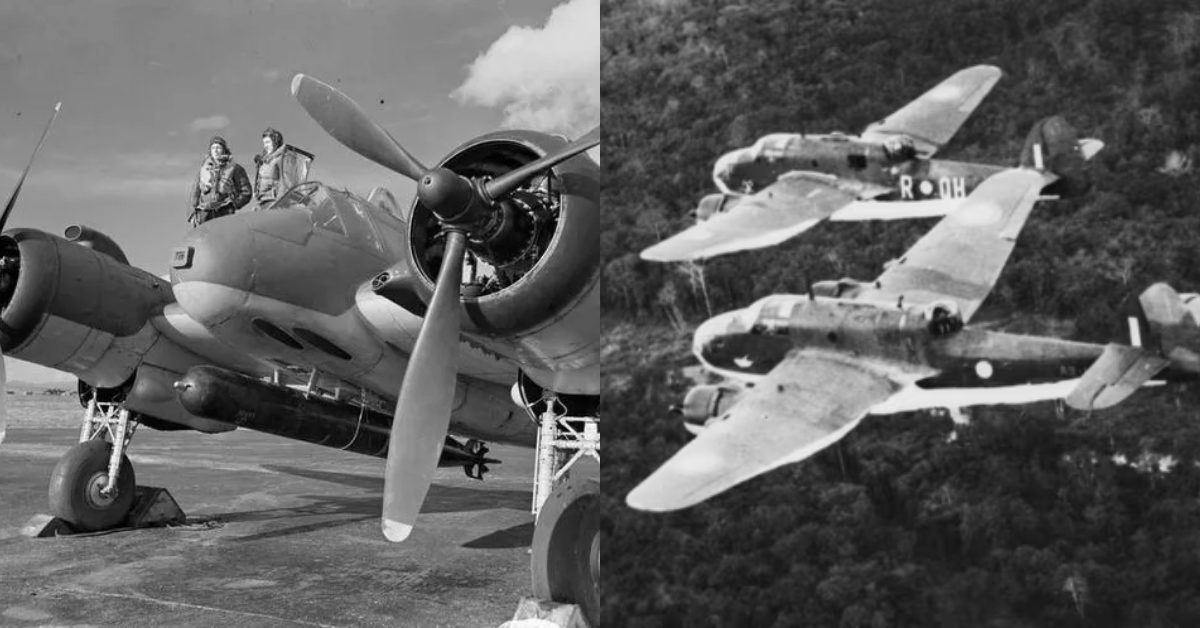The U.S. Air Force has announced the 480th Fighter Squadron is officially the first to be equipped with and trained on the modernized F-16CM fighter with the completion of its active electronically scanned array (AESA) radar system upgrades.

“Providing this capability on an already time- and combat-proven aircraft adds another layer to U.S. Air Force capabilities in an ever-evolving electronic warfare environment,” said Air Force Chief of Staff Gen. CQ Brown, Jr. “I know this upgrade will make us even more effective in our day-to-day combat operations, and I look forward to bringing the F-16 even further into the future of air superiority.”
This capability provides the fourth-generation multirole fighter jets a massive leap in combat capabilities, making pilots even more effective than ever before, while improving air defenses and overall aircraft survivability when faced with enemy forces.
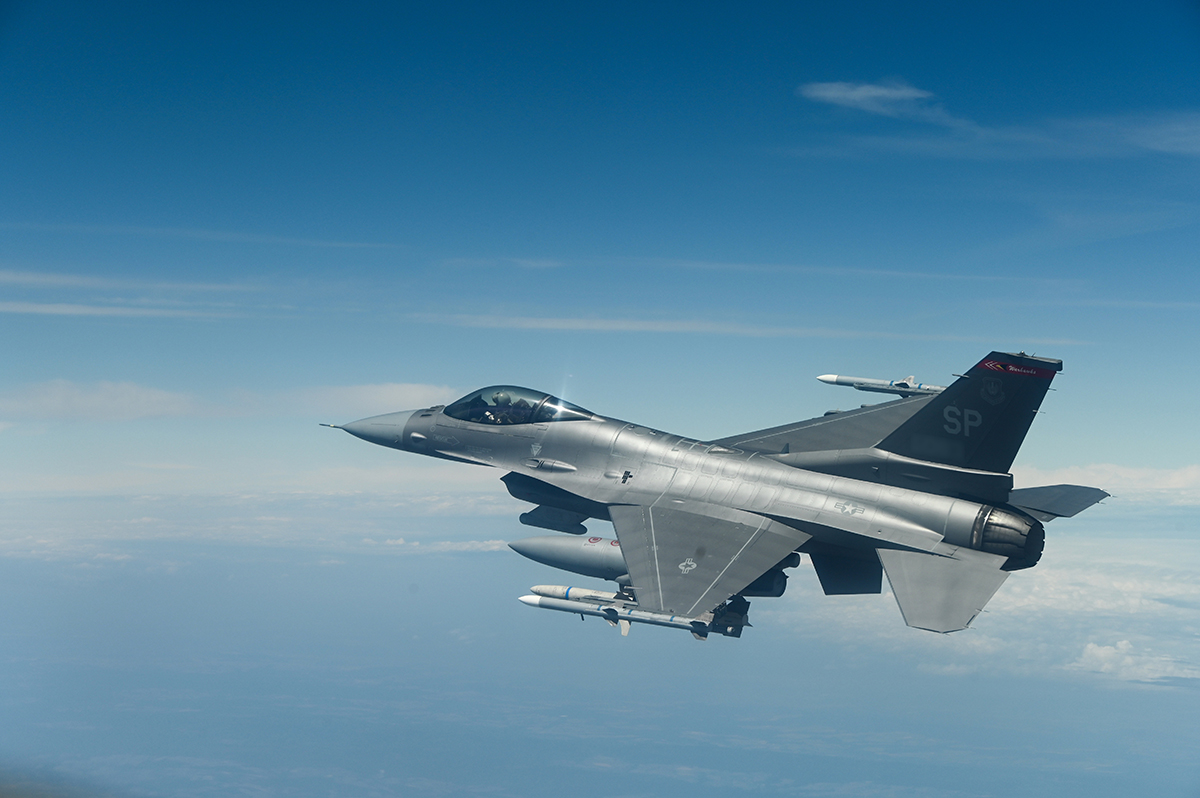
“This is an upgrade to modernize the F-16, primarily with its sensors, starting with its radar,” said Lt. Col. Shaun Loomis, 480th Fighter Squadron commander. “The radar in and of itself is a game-changer. Going from a mechanically-scanned radar to AESA is night and day.”
Compared to its predecessor, AESA’s upgraded systems carry more transmitters, which allow for more-precise, longer-ranged and more jamming-resistant scanning of airspace.
The legacy radar systems have received numerous software updates and upgrades since they were first installed into the aircraft, but this project provides an entirely new set of hardware with a wide range of benefits over its predecessor.
Additionally, this project works to improve pilots’ visibility of the battlespace by laying the foundation for the aircraft targeting pod to stream high-definition video into the cockpit, an improvement from the smaller and lower-resolution monitors from before.
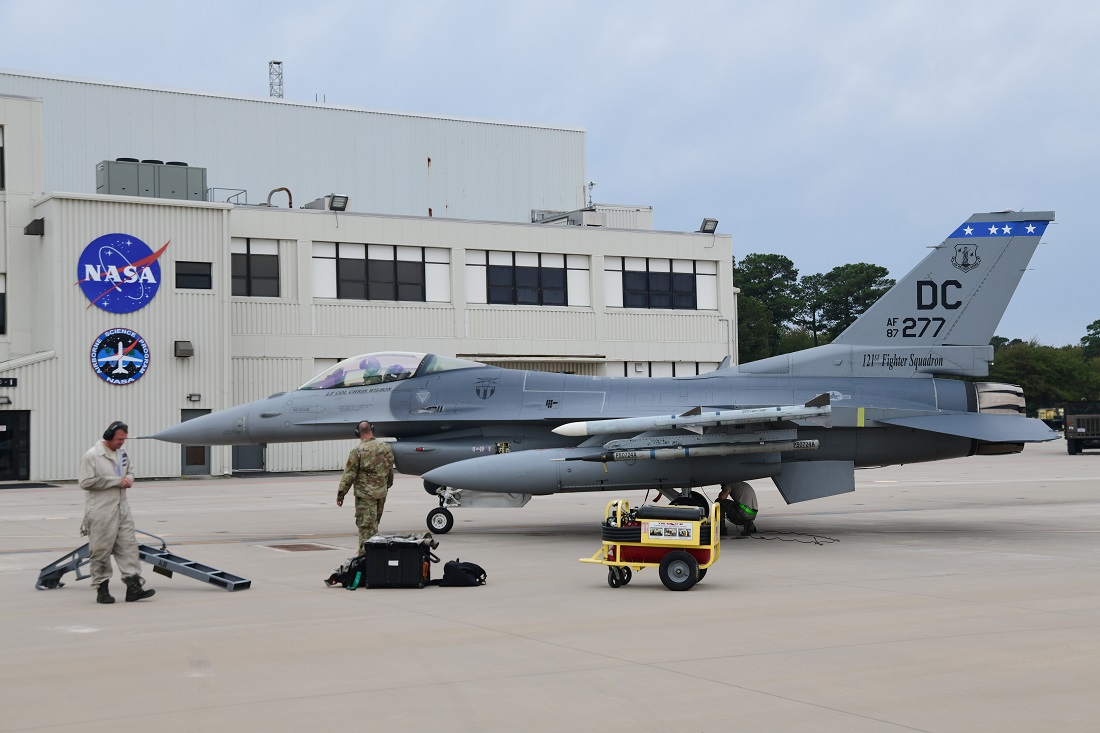
“The F-16 radar has been around since the late ‘80s, and while that radar has been getting updates every so often, there hasn’t been a specific hardware update in about 20 years,” Loomis said. “Actually swapping out and putting a whole new radar in there is revolutionary for the F-16. Along with that is modernizing our displays in the cockpit. It’s an improvement to the capability of the radar, but also an improvement to the interoperability with the pilot.”
Before Royal Air Force Lakenheath’s 495th Fighter Squadron’s Valkyries received their first F-35 Lightning IIs in December 2021, the 480th FS Warhawks were renowned as the only suppression of enemy air defenses (SEAD) squadron in U.S. Air Forces in Europe-Air Forces Africa. In the SEAD role, these units provide airpower operations to NATO, U.S. European Command and Africa Command and serve as a critical function of allied air superiority.
Adding AESA to the Warhawks’ arsenal further augments the Air Force’s and combatant commanders’ ability to respond to a wider range of threats in the region.
In the current environment, Loomis said the AESA system is vital to further decreasing limitations against not only enemy fighter aircraft, but also cruise missiles, further fortifying base defenses in the region.

This upgrade’s first completion came shortly after the 480th FS’ return from the 86th Air Base in Romania, where it deployed eight Fighting Falcons to support ongoing enhanced air policing operations along NATO’s eastern flank in response to Russian aggression toward Ukraine.
However, the project started long before the deployment, with the Air Force signing the initial contract for the program back in December 2021.
Still, due to the COVID-19 pandemic causing delays in the program, Capt. Thomas Dequeant, 52nd Aircraft Maintenance Squadron director of operations, said the 52nd Fighter Wing’s first upgrade maintenance didn’t officially begin until early April.
This was no run-of-the-mill part swap, though. The parts were not only sophisticated; they were interwoven throughout the aircraft.
Additionally, maintenance to replace the aging systems was so extensive, the aircraft maintenance specialists and Airmen had more than 200 operational checks to ensure the safety and effectiveness of the upgraded jets and their pilots.
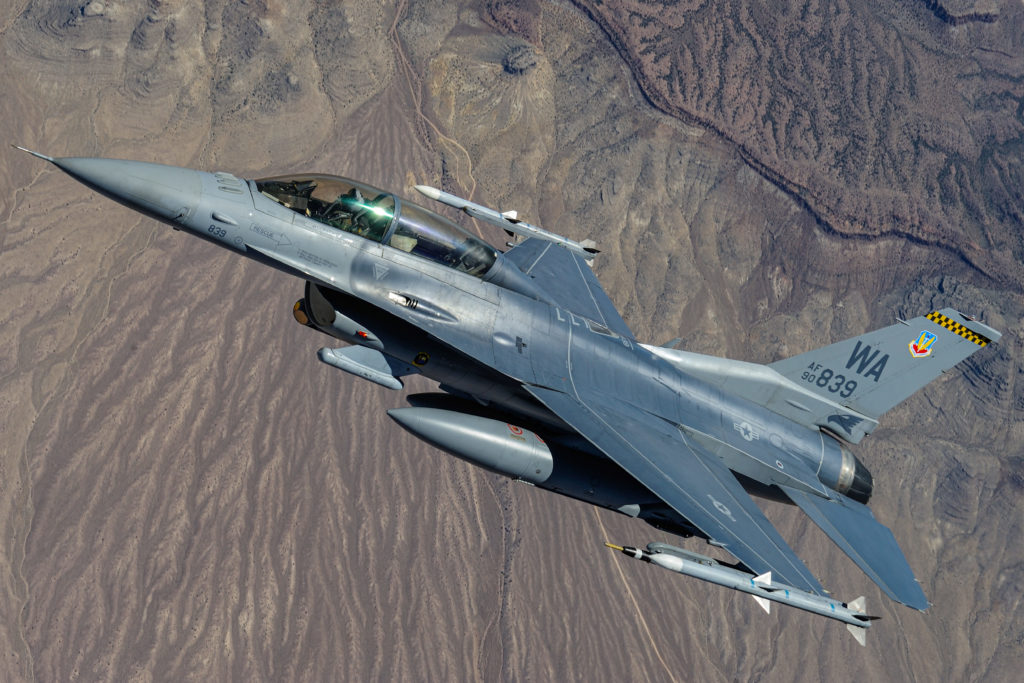
“It’s undergone some pretty deep maintenance,” Dequeant said. “They’ve stripped it to the studs and replaced it with upgrades.”
When the F-22 Raptor first reached Initial Operational Capability in late 2005, it introduced the fifth-generation aircraft revolution, permanently changing the aerial battlefield and setting a precedent for Air Force airspace dominance.
A decade later, the Raptor’s multirole successor, the F-35 Lightning II, carried forth that legacy and furthered the electronic domain by integrating a new range of sensors and even more sophisticated technology.
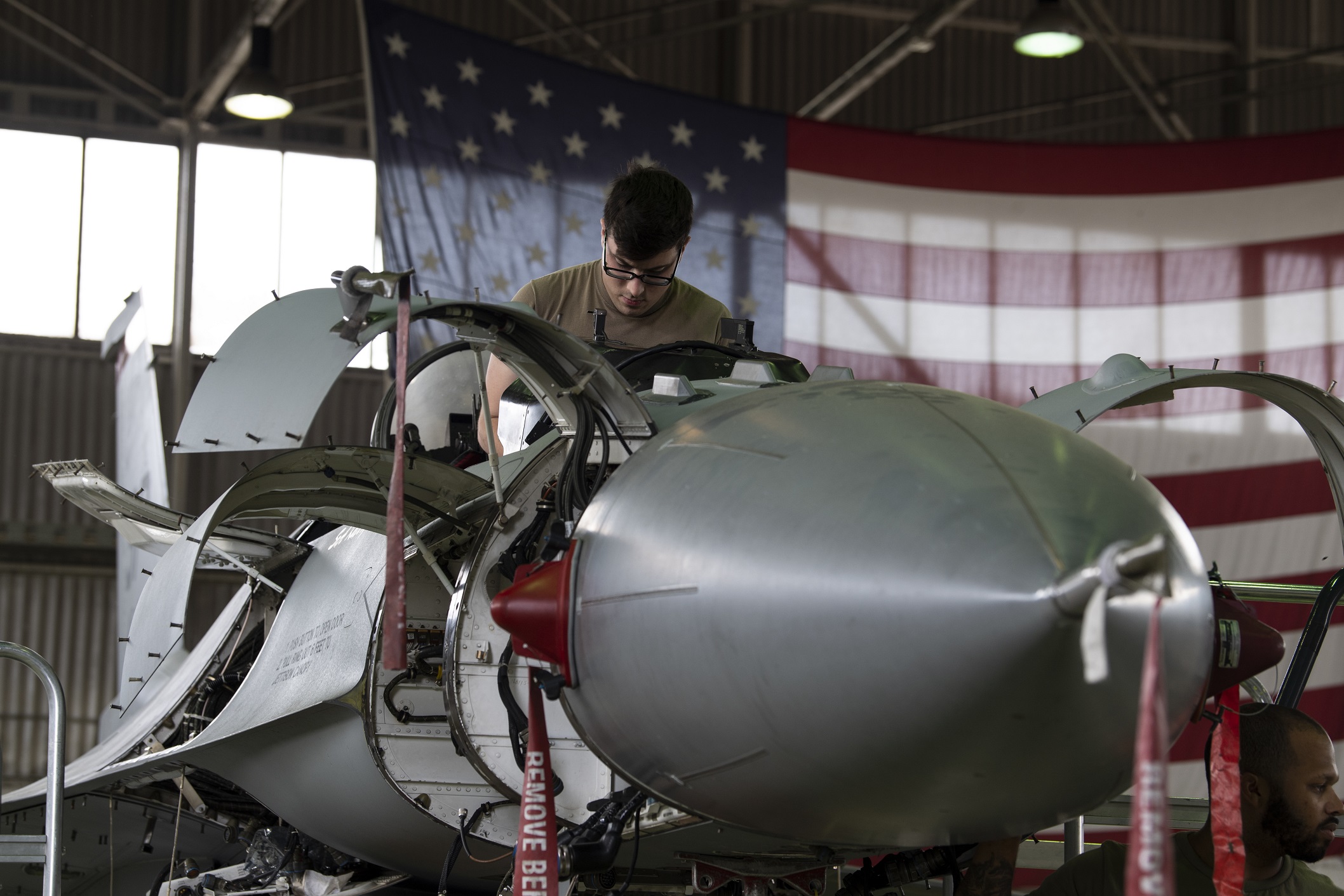
Despite their impressive hardware and software, these new aircraft carry some additional baggage – their price tag and the total number in the Air Force’s fleet. That’s where Loomis said this new radar system comes into play.
“This is an F-16-wide upgrade,” Loomis said. “This is one of the many steps they’re taking to upgrade the F-16. We know the F-16 is going to be a large preponderance of the fighter force for the next 20 years as they continue to produce F-35s. The F-16 is programmed to be in the Air Force through the mid-2040’s. It will continue to be a workhorse for the Air Force because it has the numbers that the Air Force needs. Along with numbers, you need to have capability.”
Moreover, Loomis said the upgrade brings the F-16’s decades-old technology into the 2020s, modernizing the legacy fighters while striking a critical balance between sustainment and revitalization against adversary nations.

